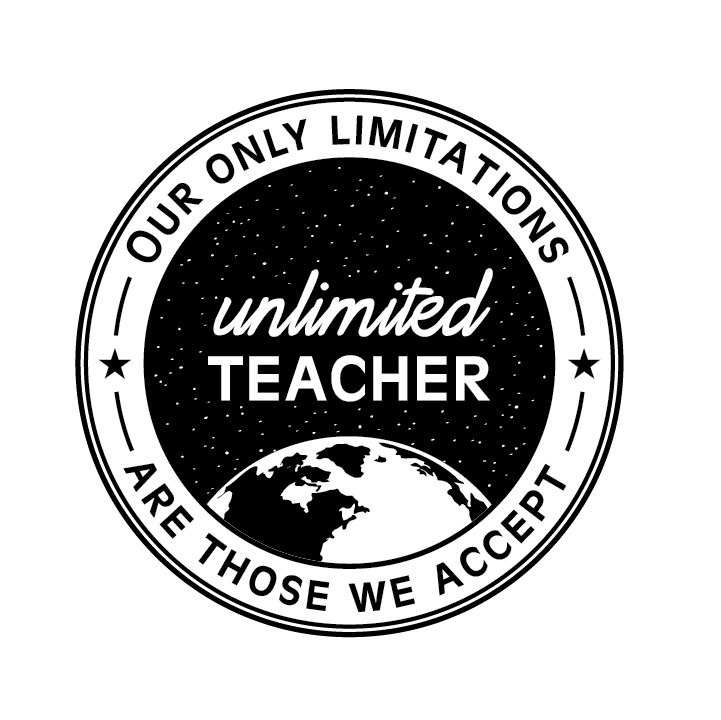How I Found Freedom in a Traditional Grading System
Like other parts of my teaching that needed to be revised and will constantly need reflection, I wasn’t satisfied with my grading practices.
I loved the idea of purposeful feedback without scores, of a points-less class, of decreased stress and increased learning, but it took a few years to figure out how I could actually make it work; the nuts and bolts of it rather than simply the philosophy of it all.
As with many EDU topics, people offer the phrases and fewer people offer how. I learned from these HOW people through social media, Voxer discussions, and at conferences (and I highly recommend you do, too), and puzzle-pieced together a system that works for me and for my students.
The Results
Increased learning
Decreased stress
Feedback-focused (in a way that feedback is utilized instead of just offered)
More accurate assessment of students’ skills
More freedom and flexibility in “due dates”
No punishments for “late work”
Less grading time for me
Grades from beginning of semesters don’t negatively affect semester grades
Here’s HOW.
Skills, Not Things
I assess skills, not things.
(Waiting for that to sink in…)
Instead of grading things students turn in and assigning each some points with or without really assessing a skill, I look at a collection of work which shows students’ consistent ability in a handful of skills.
We practice and work and discuss and apply class and individual feedback for several weeks.
At the end of a grading period, I give students one week (we’re on a block schedule so 2-3 classes) to gather their materials and get assessed. Yes, I assess them in class when they are ready. **Please note this means no at-home grading and therefore personalized and personable feedback.**
To assess their skill level, I need to see consistency and ask for several samples of their skills. If they don’t agree with the assessment or I don’t see enough to feel I can accurately assess their consistent level of mastery, I ask for more samples. The great thing about this is I can ask for samples from our previous work, their other classes, or even “just have a seat and write a paragraph which shows…”
Skills Spreadsheet & Tentative Scores
I use a conditionally-formatted spreadsheet with drop down options instead of a traditional gradebook (you can make your own or save yourself time and have mine). The colors help me because I’m a visual person and it makes communicating with the student easier (“See these three blue cells? You’re doing a great job! I’d use these as examples to help other students. See these green ones? You’re at grade level and are ready to be pushed a bit.”).
These “scores” are tentative so with each grading period assessment, they can show me they have moved to a higher level in those previous skills and I’ll change them. This level change will count toward their semester grade because they will still be learning in our semester-long course. And the level will remain tentative until I submit semester grades.
I select 5 skills so there’s an odd number to make my life easier. 3 As and 2 Bs = A-.
Semester Grades
I am required to assess each student and submit a letter grade at each grading period’s end and at the end of a semester.
To do this and still honor students’ semester-long learning, I average the three grading periods’ letters. Grading Period 1: A; Grading Period 2: B; Grading Period 3: A. 2 As and a B? A-. Done.
Unexpected Benefits
Because students write in other classes, if I don’t see the skills they need from our assessments, I can see their skill level in writings in their other subjects. Students then see subjects are not divided but rather part of an overall learning experience and goal.
There isn’t the math-game when it comes to grades anymore. How many times have you heard a student ask, “how many points do I need to get on this to move from my 88.4% to where you round-up at 89.5%?” Or “can I improve this 10 point assignment from 7 to 8 points so my progress report grade goes up?”
I didn’t realize how much freedom this would give me and my students especially when it came to absences and make up work. A student who has the flu for a week and returns to get a list of all their make up work for all of their classes gets to hear me say, “we worked on specificity. Can you show me your other specificity journals? … You’ve got that down. Do the stuff for your other classes.”
Good for Students & Good for Teachers
It's simple, effective, and efficient.
Is it perfect? For now, yes. For distance learning, yes. For writing stations, yes.
Will it remain perfect? I have no idea. I hope so because I like what I’m seeing but if it needs revision, that’s fine, too.
So you know… The Ultimate TQE Course launches in just a couple weeks! In it, I’ll share how TQE can be the foundation for everything meaningful, fun, and efficient — and I mean everything: reading, writing, inquiry, discussion, collbaoration, feedback, creating, exploring, "grading," everything.
I’m SO excited to share all of it with all of you! Click here and you’ll get the information first.
Looking for other Good for Students & Good for Teachers ideas? Follow me on Twitter, Instagram, and Facebook, follow the hashtags #UnlimitedTeacher and #TQE, check out some other UnlimitedTeacher.com posts, and get in touch through the contact page.


